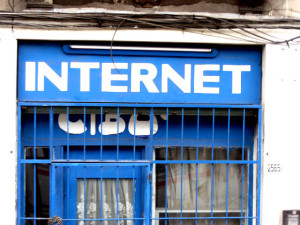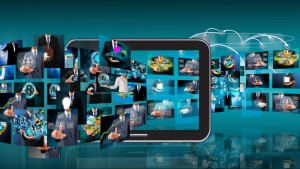The COVID-19 pandemic has forever changed how businesses deal with their employees. Indeed, many companies were questioning the sustainability of their HR strategies during 2020.
During the health crisis, leading organizations found that enabling a technology-driven HR function has been the key to supporting their employees and progressing with business as usual. They are also focusing on building a more sustainable employee experience by acknowledging their needs, rethinking and reconsidering their approach, and, in turn, strengthening their operations. Doing so will help leaders create great places to work.
A key component of this is strengthening their employee rewards and recognition (R&R) programs, which have been proven to improve employees’ alignment with core company values, increase employees’ efficiency, and improve employees’ overall well-being, engagement, and productivity. Moreover, R&R policies that encourage and reward employees for their outstanding performance in today’s ever-demanding environment boost employees’ spirits and confirms that their work is valued and recognized.
Here’s a four-part framework for a modernized R&R strategy that will help enterprises maintain a motivated and satisfied workforce.
#1 Building a flexible and scalable R&R program
The coronavirus outbreak has brought about a massive, unprecedented shift in working lifestyle. To maintain operational fluidity, enterprises have adopted new ways of working and updated their HR policies and strategies to be more flexible. And as workforce size fluctuated and rewards budget decreased, the HR managers had to administer the program accordingly, highlighting the need for a scalable and flexible R&R tool.
With most of the workforce working remotely or in a hybrid employment model, enterprises must have an R&R program that can serve such a demographically diverse and emotionally distant workforce and promote a more collaborative and engaging environment. It is crucial that companies adopt a scalable and flexible program that is open to modifications based on rapidly changing requirements and asks of the employer, with minimum effort from HR administrators.
#2 Understanding, measuring, and increasing engagement
The challenge of working remotely while managing household pressures and the impersonal way of working during 2020 resulted in burnout and increased stress levels for employees. This could potentially demotivate employees in 2021 and cost enterprises far more due to increased expenditure on psychological and physical benefits. To prevent this from happening, enterprises must recognize employees for achieving their short- and long-term goals.
To better track improvement in employees’ motivation and productivity, and gauge the impact of the R&R program, HR and senior leaders must deploy a method to measure ROI. Leveraging data, AI, and ML systems can be incredibly powerful in forming data-driven analyses and informed insights for the R&R strategy. With data at their fingertips, HR leaders can modernize recognition to make better decisions, control costs, and retain talent.
#3 Recognizing R&R as a holistic solution for employee experience
The purpose of an R&R program is to give back to employees for their hard work and dedication. But recognition alone does not serve the purpose. Giving back should also ideally include safeguarding employees’ well-being and development and, hence, cater to physical, emotional, and financial wellness and learning initiatives.
With the HR function redesigning the entire employee journey to fit into a virtual work environment with minimal face-to-face interactions, elements like work-life balance, well-being, connection, and collaboration will be vital to both employee satisfaction and optimized business outcomes.
Enterprises need to revise their approach toward employee experience, with recognition being the central theme for reinforcing practices that improve employee productivity and performance. R&R can also encourage employee participation in well-being and training initiatives.
#4 Modernizing the rewards platform for a contemporary workforce
In 2020, there was greater demand for personalized and specially curated rewards catalogs, including work from home essentials, locally sourced items, and special care packages. Redemption options such as donations, charities, and e-vouchers also gained popularity. As the coronavirus vaccine reaches the masses and travel restrictions lift, there will be a greater demand for experiential rewards such as event tickets and leisure activities.
With millennials constituting the majority of the workforce, enterprises have increasingly enabled their rewards platform to deliver an e-commerce website-like experience with features such as filter options, sorting, and wish lists. With the growing gig economy and rising significance of the work from home setup, enterprises should look for a rewards platform that offers a wide range of rewards that can be redeemed across multiple countries and continents.
There is no question that today’s enterprises need to update their HR strategy to effectively address and operate in the new normal. A very large component of that update is how they rethink and revise their R&R activities. Indeed, HR professionals must focus on building an effective R&R plan that is more adaptable, advanced, and progressive; doing so will help set the right path for a new and improved employee experience. The organizations that prioritize their employee and embrace the new normal are bound to reap huge benefits.
Learn more about the business impact of frequent recognition for your organization. Download the Brandon Hall report now.
Business & Finance Articles on Business 2 Community
(39)
Report Post





